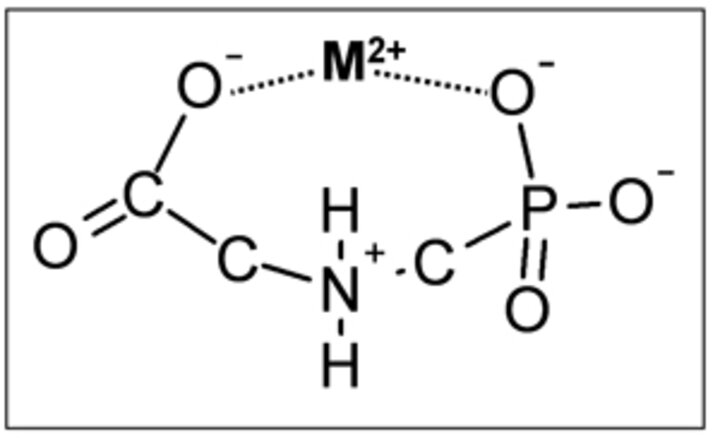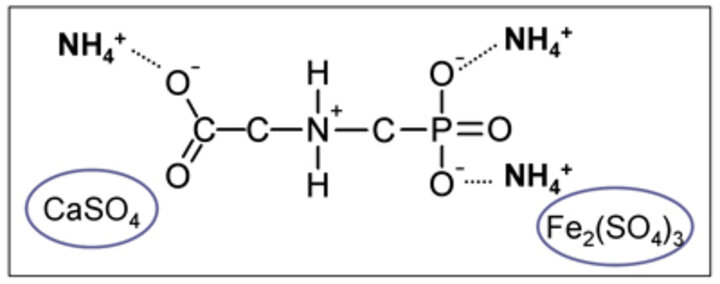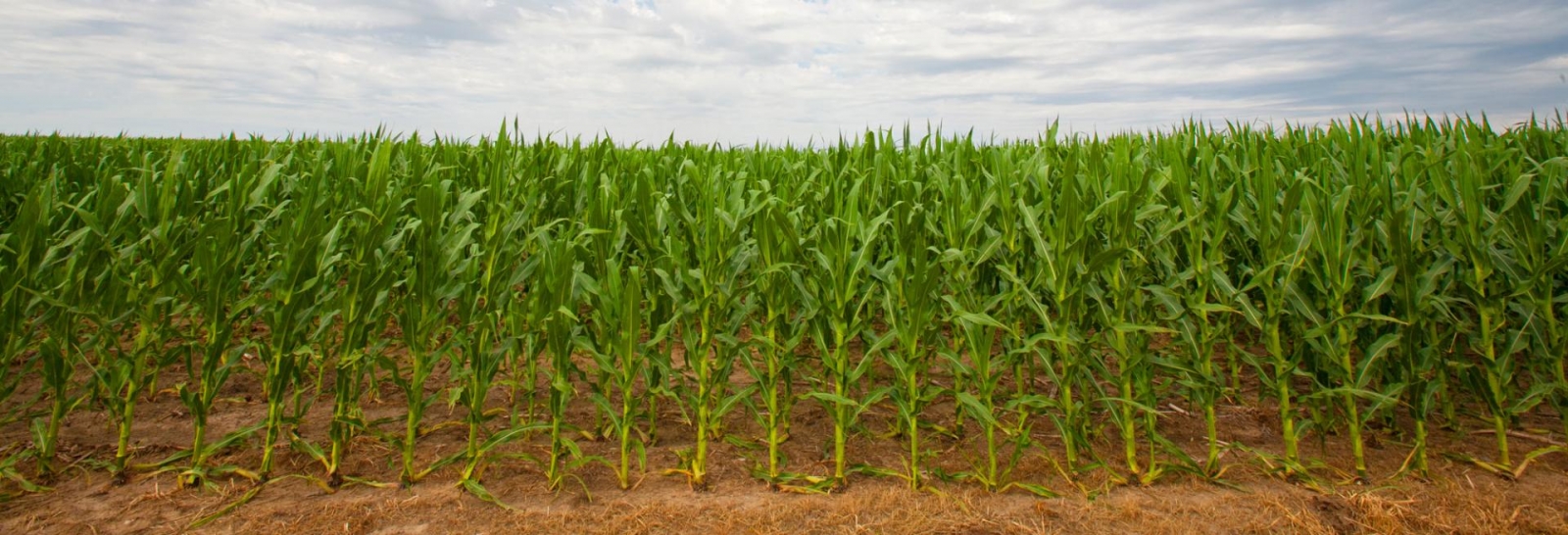April 20, 2007
|
Few aspects of glyphosate-based weed control systems have generated as much confusion as the role of ammonium sulfate (AMS). Some blame it for "AMS burn," for unexplainable yield loss or for decreased herbicide activity. It is cursed for clogging spray pumps and stinging cut hands. Scientists have touted its role as a fertilizer, a water conditioner and an enhancer of herbicide activity. Industry has developed a myriad of AMS-substitutes to eliminate handling problems, but these products often are used without adequate knowledge of their efficacy. (See related story, AMS Substitutes - What's University Research Show). The following article describes how AMS conditions hard water to help glyphosate work better, how it enhances the ability of glyphosate to enter and kill a weed and how it affects crop foliage.
|
|||||||
Shortly after glyphosate was commercialized as "Roundup" herbicide, farmers and scientists recognized that its ability to kill weeds was reduced when it was mixed with hard water, which was typical for many of the areas where it was being used.
Scientists tested a variety of possible solutions such as reducing the spray volume, adding more surfactants to the spray solution, adding a chelate like EDTA or citric acid to sequester the calcium and iron, acidifying the spray solution with sulfuric acid, or adding an ammonium-based fertilizer (like AMS or urea ammonium nitrate). After years of extensive testing, most researchers concluded that AMS was the most consistently effective and economical approach to overcome the hard water antagonism.
Glyphosate is a chelate. Its chemical structure includes a negatively charged molecule that will bind to positively charged metals such as calcium, iron and magnesium when they are dissolved in a water-based solution. In a typical spray solution, glyphosate has a -2 charge. With this negative charge, it is strongly attracted to positively charged molecules. When glyphosate binds to a metal, much of the glyphosate-metal complex remains on the plant surface rather than moving inside to kill it.
How AMS Works
Depending on the metal, the SO42- also can play a role. When calcium or iron is in the presence of excess SO42-, some will precipitate from solution as CaSO4 or FeSO4. So, AMS works to block the metals from binding with glyphosate, and in some cases may reduce the number of metals present by causing them to precipitate from the spray solution.
AMS can counter the effect of some metals better than others. For example, it is much better at blocking calcium from binding to glyphosate than it is at blocking iron. It is also possible to have so much calcium, iron, manganese, zinc or copper in the spray solution with glyphosate that the AMS is overwhelmed and the glyphosate becomes tied up with the +2 and +3 metals. That is why tank-mixing micronutrient fertilizers and glyphosate for foliar applications is often discouraged.
AMS Enhances Herbicide Activity
On some plant species, AMS increases glyphosate efficacy even when the spray solution is prepared in distilled water (where no calcium or iron is present). Velvetleaf is a good example of this phenomenon. On velvetleaf, adding AMS increases the amount of glyphosate that is absorbed by the plant, and/or the amount of glyphosate that moves from the treated leaf to the growing point or roots where it acts to kill the plant. AMS prevents glyphosate from binding to calcium or dirt on the surface of the leaf, and the NH4+glyphosate complex may pass through the waxy layer on the leaf surface better than glyphosate alone.
In research studies, AMS has been shown to have either a positive or neutral effect on glyphosate efficacy, absorption and translocation. Consequently, when it is added at the recommended rates (8.5-17 lbs/100 gal) it will, in most cases, increase glyphosate activity and should never (unless it is contaminated with impurities) reduce glyphosate activity.
AMS as a Fertilizer
|
Some have observed that soybean fields sometimes yellow slightly following a glyphosate application. This is probably not caused by the AMS. As a nitrogen fertilizer, it should result in a greening of the crop, not a yellowing (although the amount of nitrogen applied with glyphosate is very small so any greening effect is expected to be slight). The yellow flash is more likely the result of an interaction between glyphosate and plant's ability to access micronutrients like Mn and Fe.
Resource
Recommendations in the 2007 Guide to Weed Management in Nebraska (EC130) indicate when AMS is recommended for herbicide applications. This resource is available on the Web or from your local Extension office.
Mark L. Bernards
Extension Weed Specialist


